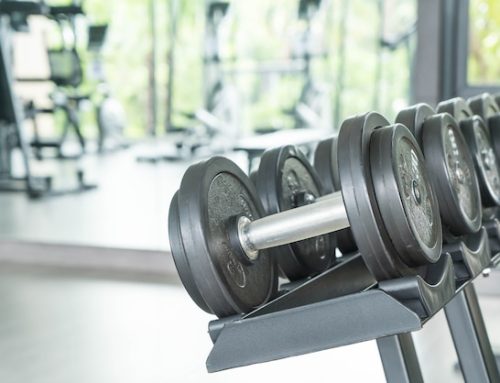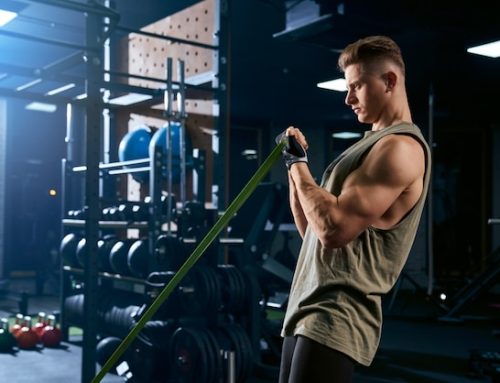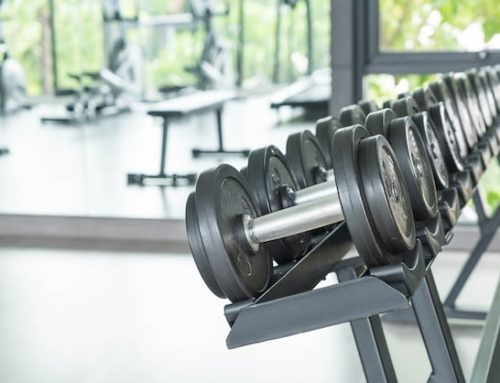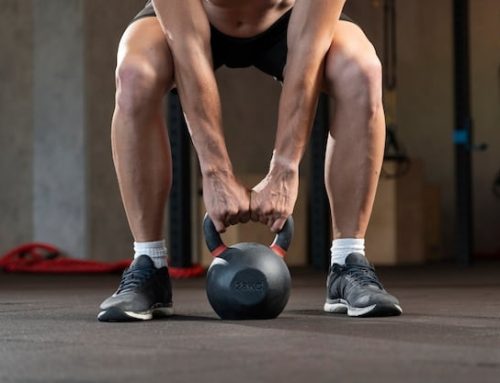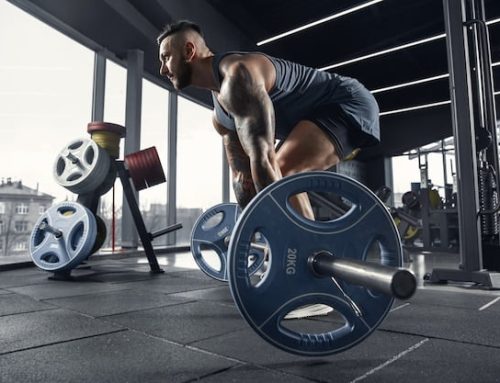The Hardest Core Exercise: The Dragon Flag
If you’re looking for an exercise that will challenge your core strength, look no further than the Dragon Flag. This exercise has been popularized by the legendary martial artist and actor Bruce Lee, who famously performed it in the movie “Enter the Dragon.” But don’t let its Hollywood origins fool you – the Dragon Flag is one of the toughest bodyweight exercises out there.
What is the Dragon Flag?
The Dragon Flag is a variation of the standard “reverse plank” exercise, which involves lying on your back with your hands by your sides and lifting your hips off the ground to create a straight line from your shoulders to your feet. The Dragon Flag takes this basic movement to the next level by adding a horizontal component – instead of simply holding a reverse plank, you will lift your legs and torso off the ground, with only your shoulders in contact with the floor.
How to Perform the Dragon Flag
To perform the Dragon Flag, you will need a sturdy surface to anchor your hands behind your head – a bench or weight bench works well. Lie down on the bench with your hands gripping the edge behind your head, then lift your legs and hips off the bench and extend your body into a straight line. From here, you will slowly lower your body toward the ground, keeping your core tight and your legs straight. Make sure to use your core muscles to control your descent, rather than relying on momentum. Once you’ve lowered yourself as far as you can go, reverse the motion and use your core strength to lift yourself back up into the starting position.
Why is the Dragon Flag So Difficult?
The Dragon Flag is a true test of core strength because it requires a lot of stability and control. Unlike many other core exercises, which involve bending, twisting, or otherwise moving your spine, the Dragon Flag requires you to keep your torso completely still while your legs move. This means that your core muscles must work overtime to maintain a strong, stable position.
Benefits of the Dragon Flag
In addition to building core strength, the Dragon Flag can also help improve your overall body control and stability. By learning to control your body in this difficult position, you’ll develop a better understanding of how to engage your core muscles properly during other exercises and daily activities. Plus, the Dragon Flag is a great way to impress your friends – few people are able to perform this exercise!
Alternative Exercises
If you’re not quite ready to tackle the Dragon Flag yet, there are plenty of other core exercises that can help you build strength and stability. Planks, side planks, and hanging leg raises are all great options for developing core strength. You can also try adding weight to your core exercises, such as by holding a medicine ball during a plank or performing a weighted crunch.
Safety Considerations
As with any exercise, it’s important to prioritize safety when performing the Dragon Flag. Make sure to warm up properly beforehand, and start with easier core exercises to build up to the Dragon Flag. If you experience any pain or discomfort during the exercise, stop immediately and seek medical advice. And remember, the Dragon Flag is an advanced exercise – don’t feel discouraged if you’re not able to perform it right away.
Conclusion
The Dragon Flag may be one of the most challenging core exercises out there, but it’s also one of the most rewarding. By building up your core strength and control, you’ll be able to tackle other exercises with greater ease and confidence. So if you’re up for a challenge, give the Dragon Flag a try – who knows, you might just end up becoming a martial arts legend like Bruce Lee!
| Exercise | Primary muscles worked | Equipment required |
|---|---|---|
| Dragon Flag | Rectus abdominis, obliques, hip flexors | Weight bench or sturdy surface to grip |
| Plank | Rectus abdominis, obliques, transverse abdominis | None |
| Side plank | Obliques, transverse abdominis | None |
| Hanging leg raise | Rectus abdominis, hip flexors | Pull-up bar |

